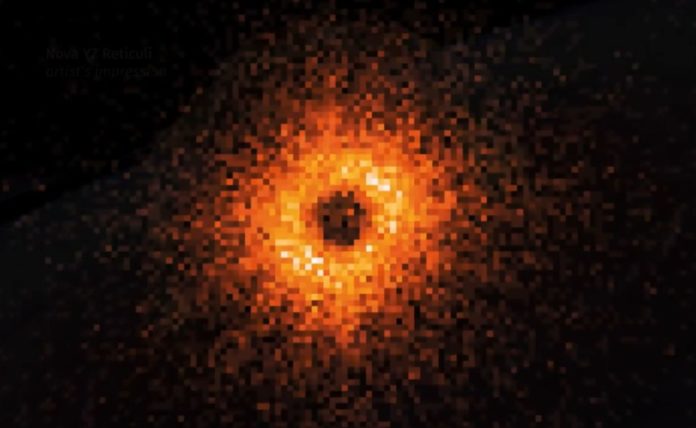When stars like our Sun run out of fuel, they contract into white dwarfs. Such dead stars can occasionally resurrect in a super-heated explosion, resulting in a fireball of X-ray radiation. For the first time, a research team led by FAU has been able to observe such an eruption of X-ray photons.
“It was to some extent a fortunate coincidence, really,” says Ole König from the Astronomical Institute.
“These X-ray flashes last only a few hours and are almost impossible to predict, but the observational instrument must be pointed directly at the explosion at exactly the right time,” explains the astrophysicist.
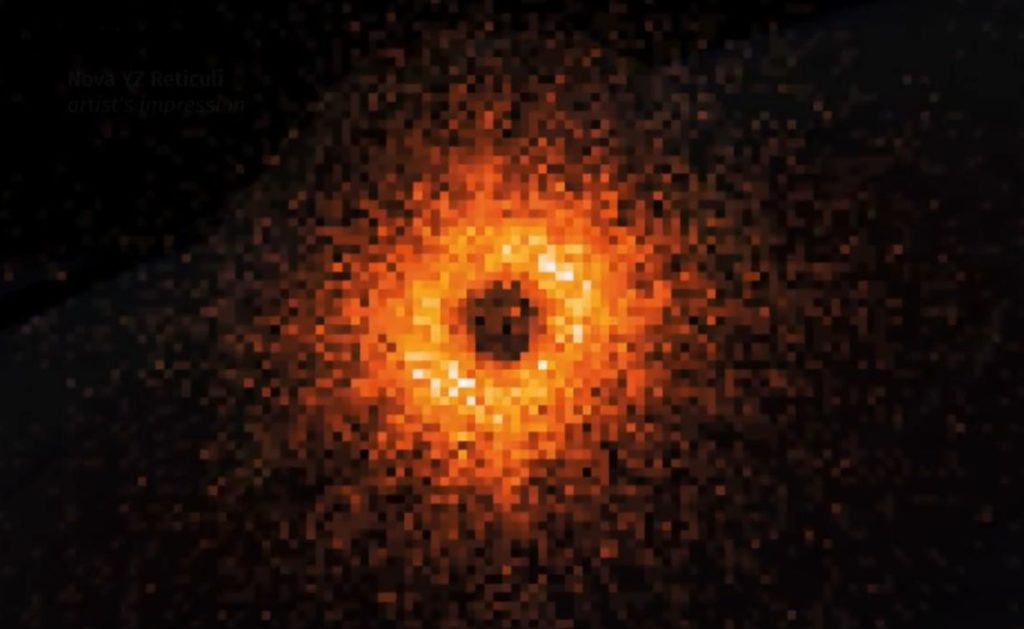
One and a half million kilometers away from Earth, eROSITA X-ray telescope has been observing the sky since 2019 with its soft X-rays. It detected significant X-ray radiation on July 7, 2020, in a region of the sky that had been absolutely dark four hours before. The radiation had vanished four hours later when the X-ray telescope surveyed the same spot in the sky. As a result, the X-ray burst that had previously completely overexposed the detector’s core had to be less than eight hours long.
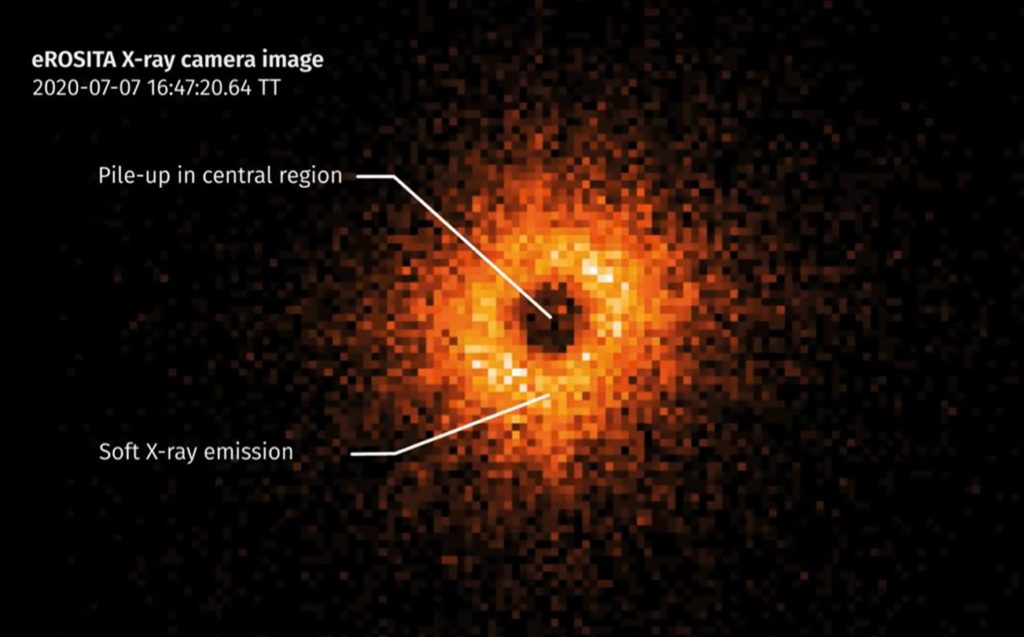
Theoretical study anticipated X-ray explosions like this more than 30 years ago, but they had never been detected directly until today. These X-ray fireballs form on the surface of stars that were once the size of the Sun before burning out most of their hydrogen and later helium fuel deep inside their cores. These stellar carcasses decrease until only “white dwarfs” remain, which are roughly the same size as Earth but have a mass comparable to our Sun.
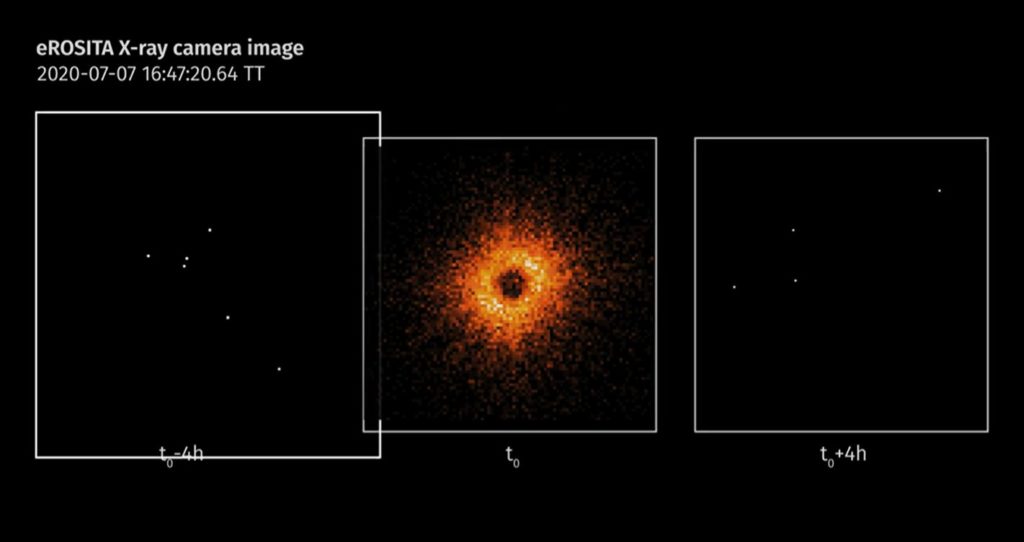
“One way to picture these proportions is to think of the Sun being the same size as an apple, which means Earth would be the same size as a pin head orbiting around the apple at a distance of 10 meters,” adds Prof. Jörn Wilms from Max Planck Institute.
A pinhead-sized apple, on the other hand, would keep its weight even after being shrunk to a fraction of its original size.
“A teaspoon of matter from the inside of a white dwarf easily has the same mass as a large truck,” Jörn Wilms adds.
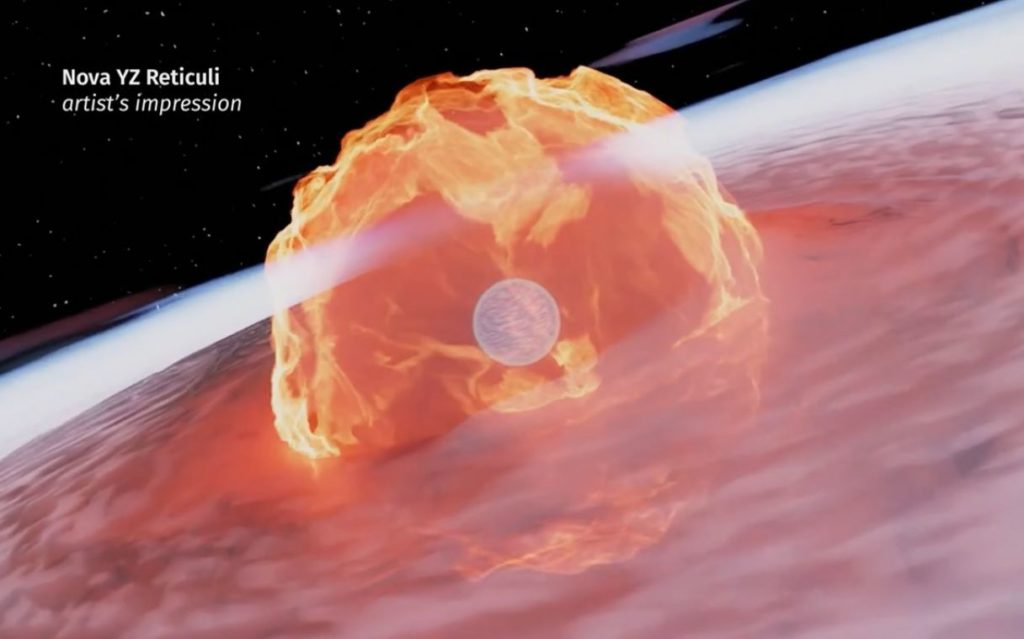
We may compare these burnt out stars to huge diamonds the size of Earth floating about in space since they are mostly formed of oxygen and carbon. These rare gem-like items are so hot that they blaze white. The radiation is, however, so faint that it is difficult to detect from Earth.
Unless, of course, the white dwarf is orbited by a blazing companion star, in which case the massive gravitational attraction of the white dwarf will take hydrogen from the star’s outer shell.
“In time, this hydrogen can collect to form a layer only a few meters thick on the surface of the white dwarf,” says FAU astrophysicist Jörn Wilms.
The massive gravitational attraction generates enormous pressure in this layer, which causes the star to relight. In a chain reaction, the layer of hydrogen is quickly blown off, resulting in a massive explosion. On July 7, 2020, the X-ray radiation from an explosion like this reached the detectors of eROSITA, resulting in an overexposed photograph.
“Using the model calculations we originally drew up while supporting the development of the X-ray instrument, we were able to analyze the overexposed image in more detail during a complex process to gain a behind the scenes view of an explosion of a white dwarf, or nova,” adds Jörn Wilms.
According to the findings, the white dwarf has almost the same mass as our Sun and is hence quite massive. The explosion created a fireball with a temperature of 327,000 degrees Fahrenheit, making it sixty times hotter than the Sun.
Because these novae run out of fuel quickly, they cool quickly, and the X-ray radiation weakens until it becomes visible light, which reached Earth half a day after the eROSITA detection and was seen by optical instruments.
“A seemingly bright star then appeared, which was actually the visible light from the explosion, and so bright that it could be seen on the night sky by the bare eye,” adds Ole König.
Previously, apparent “new stars” such as this one were observed and given the term “nova stella,” or “new star,” due to their surprising appearance. Because these novae are only visible after the X-ray flare, it’s difficult to forecast when they’ll appear, and it’s mostly a matter of luck when they do.
“We were really lucky,” adds Ole König.
Image Credit: Getty
You were reading: White Dwarf: Dead star flares back to life
